Counting down their 180-day stay in China's space home, the Shenzhou-13 taikonauts have started preparations for their departure after having lived in the Tianhe space station core cabin for more than five months. The physical and psychological conditions of the three crew members are better than expected, and they are scheduled to return to Earth in mid-April.
The Shenzhou-14 taikonauts have already been selected and are being trained. They will go into space about a month after the Shenzhou-13 crew's return, kicking off an intensive construction schedule for the space station, which is expected to be completed by the end of this year.
It will form a T-shaped structure with a cabin space of 110 cubic meters, allowing a long-term stay for a crew of three and short-term stays for six. After completing functional and performance testing in orbit, the space station will move to the operational phase.
What needs to be done before leaving the space station? China Space News, the official news outlet co-published by two of China's space giants, the China Aerospace Science and Technology Corp and China Academy of Space Technology, said on Monday that before going home, the crew members need to repack their belongings, including fitness equipment, laboratory supplies and maintenance parts, and put them back in the designated locations. Some items may need to be fixed to the walls in to avoid floating and slipping.
Experimental data and samples will also need to be "packed" and brought back to Earth. There will be a thorough "house-cleaning" to sort out all kinds of waste produced during the mission.
China's Tianzhou-2 cargo spacecraft, the first cargo supply craft launched to China's space station, detached from the core cabin on Sunday after accomplishing its missions. Leaving with it was a great amount of waste, which will all easily burn up as it reenters Earth's atmosphere, Wang Ya'nan, chief editor of Beijing-based Aerospace Knowledge, told the Global Times on Monday.
To ensure their safe and smooth return, the taikonauts have been doing physical exercises to train their muscles. Meanwhile, the ground support team has evaluated their physical and psychological conditions, and made targeted adjustments.
"The reason that the three crew members' physical and psychological conditions are better than expected is that we have arranged their lives and work in space carefully, in an orderly and rational fashion. If the arrangements were not carefully designed, their mental status could have easily gone wrong," Wang explained.
He added that with the advance of space communication technologies, the crew members were able to entertain themselves on the internet, talking to their families and friends frequently, and having space-Earth interactions on a regular basis. The two space lectures also helped a lot in boosting their mental status.
The Jiuquan Satellite Launch Center in Northwest China's Gansu Province held a rescue drill on Monday for the Shenzhou-13's return at its Dongfeng landing site, simulating the whole process from spotting the return capsule to various rescue and settlement arrangements.
Medical service teams for rescuing taikonauts will conduct exercises and receive training before the return, such as how to land by using a helicopter and how to keep returned taikonauts warm in April when the northern part of China is still pretty cold, a source close to the matter told the Global Times on condition of anonymity.
As microgravity may have weakened taikonauts' muscles and bones, they will go through a recovery process such as muscle assessment and therapy spas, the source said.
Zhai Zhigang, Wang Yaping, and Ye Guangfu rode the Shenzhou-13 spacecraft into space via a Long March 2F rocket on October 16, 2021, kicking off their six-month stay in orbit - a new record for the longest duration of any single manned flight mission in China's history.
During their stay, a number of breakthroughs have been made, including two extravehicular activities, two live space lectures, and some 20 scientific experiments. They have also verified multiple functions at the space station, including the feasibility and effectiveness of the robotic arm-assisted module transfer, accumulating valuable experience for subsequent work.
Wang became the country's first woman to have executed a spacewalk. A few days ago, she also became the taikonaut with the longest duration of stay in space. Her spirits and courage have inspired countless women from all over the world to believe in themselves and the growing power of females in every field of society.
China will send another six taikonauts in two teams to the space station this year, and they will meet in orbit and spend about one week together during a rotation, Zhou Jianping, chief designer of China's manned space program, said on the sidelines of the two sessions.
The two groups of taikonauts have already been selected and are receiving training.
"This will be a very exciting moment for us. The Chinese space station, when finished, will consist of three modules, two manned spacecraft and one cargo spacecraft, with a total weight of nearly 100 tons. It will be loaded with a large range of advanced experimental equipment, including space life and biological science equipment, materials science equipment, and so on. We are all looking forward to this day," he said.








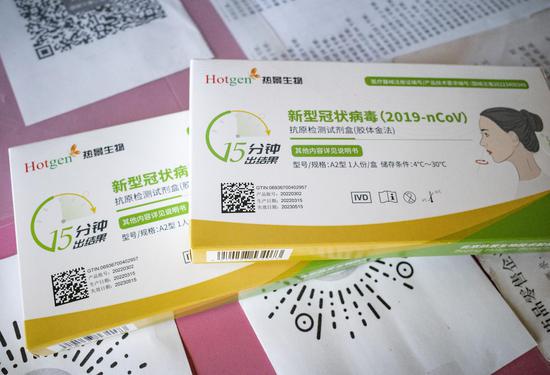

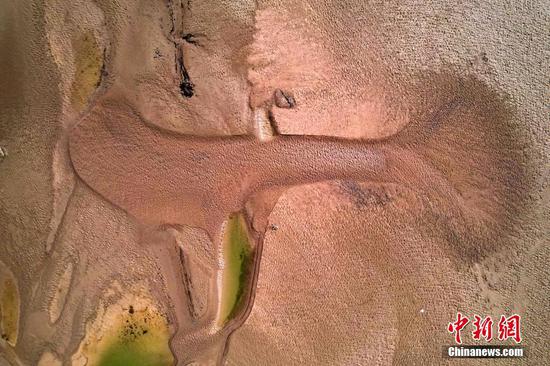


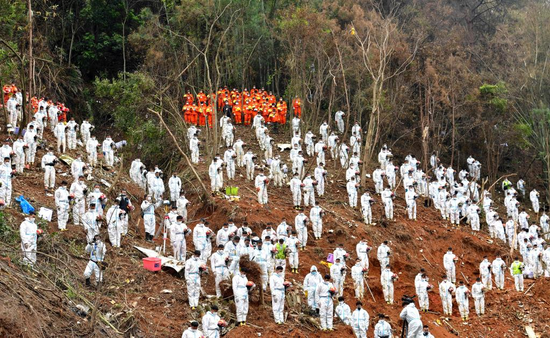
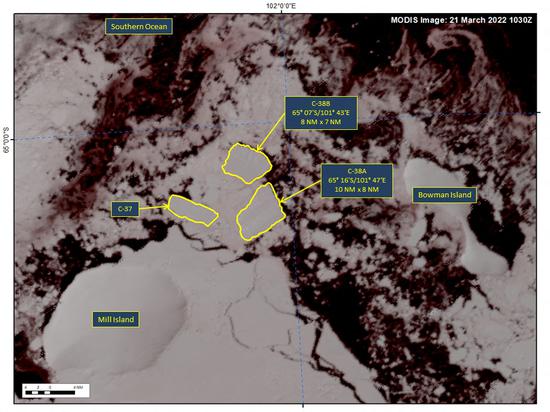
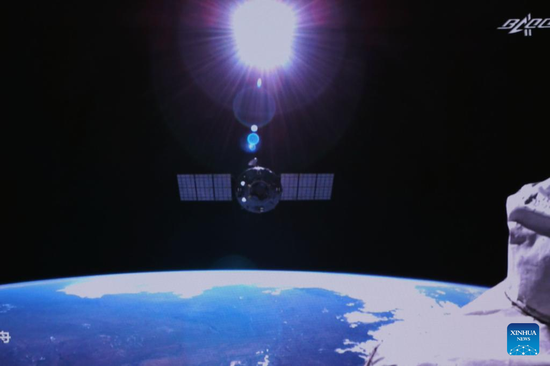
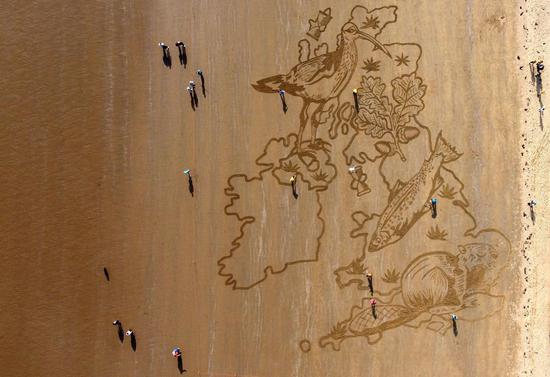

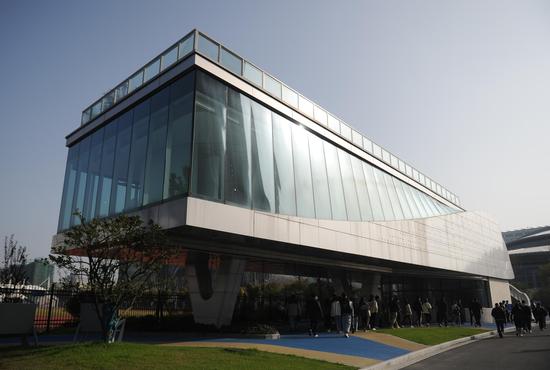


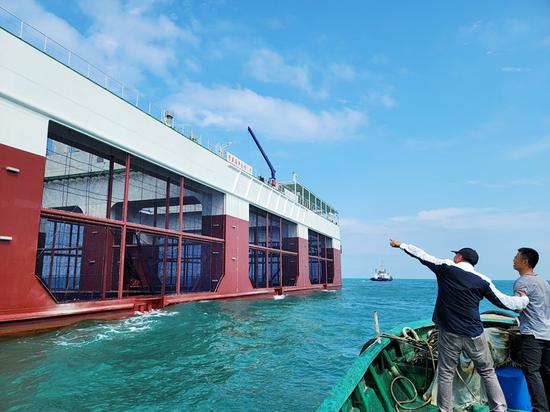
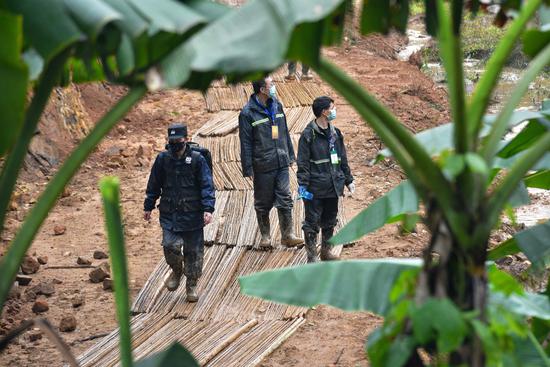
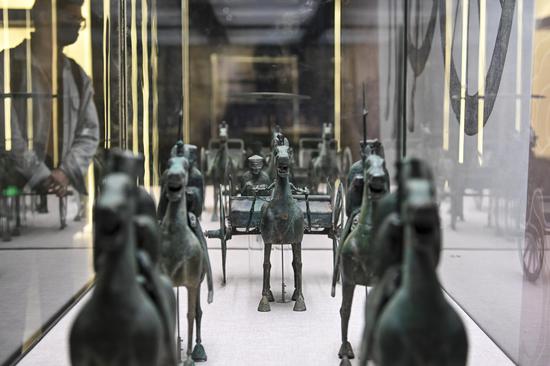


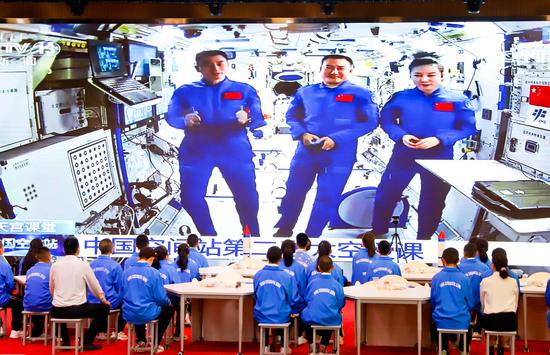
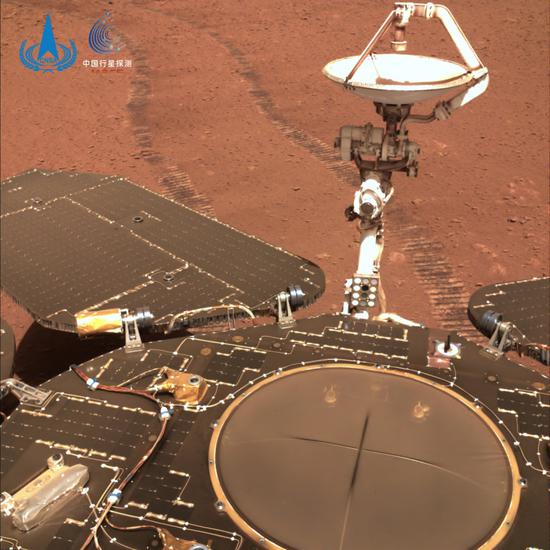
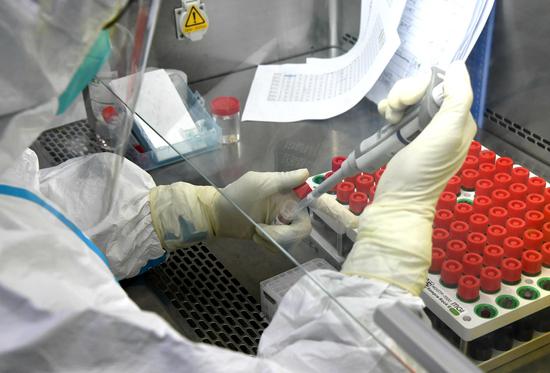

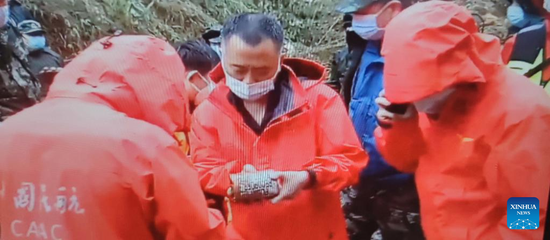

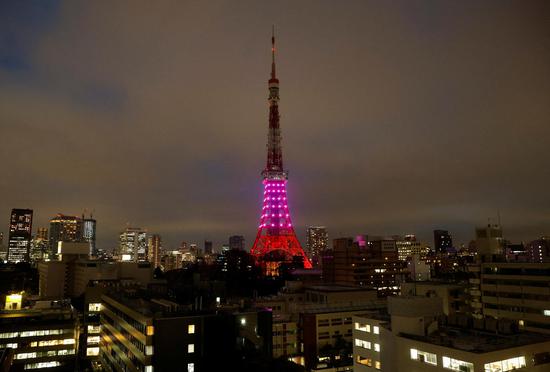



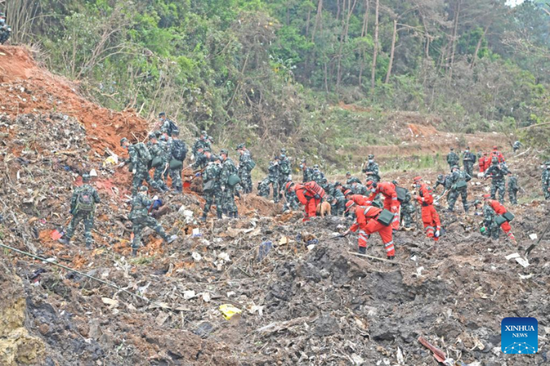
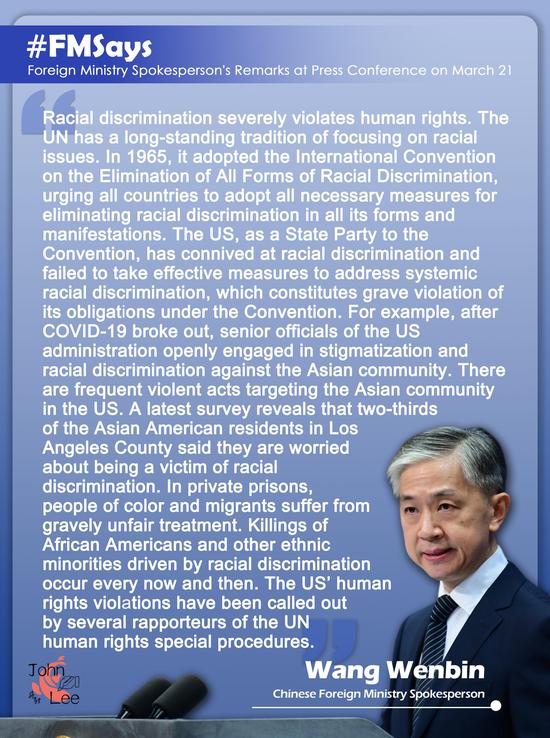


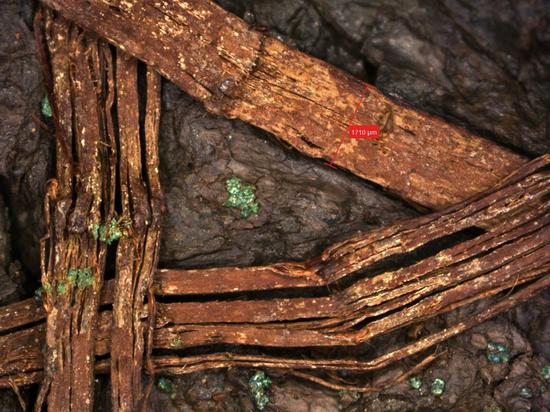
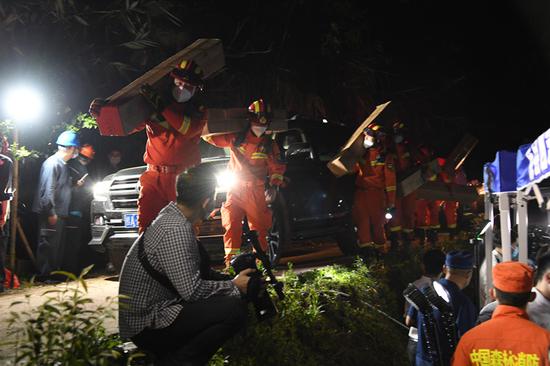
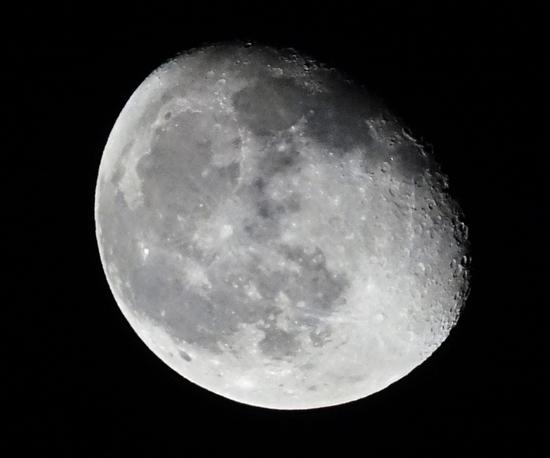



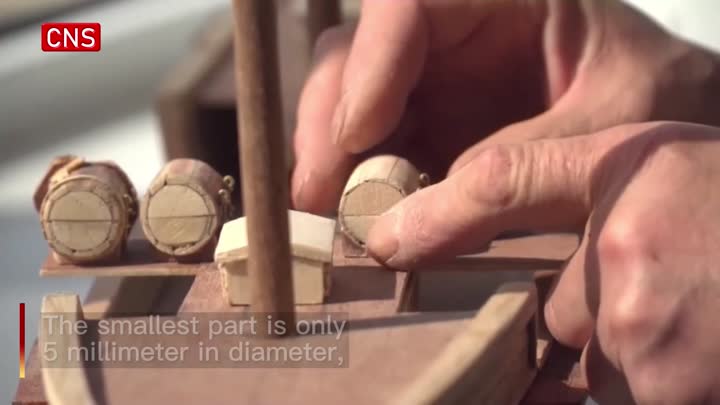



 京公网安备 11010202009201号
京公网安备 11010202009201号